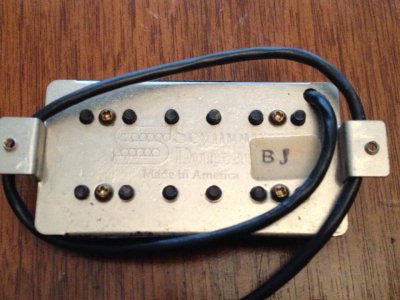firebirdguy72
안전놀이터추천 『‰』KaKa83.CoM까톡: oxiz 『‰』 해외 베팅 업체
Re: Difference between original JB and current JB?
Wouldn't those same production tolerances apply to a pickup with butyrate bobbins? For me it would be hard to pin point the difference in tone on the fact that it uses butyrate instead of polycarbonate... there are many more factors that could make it sound slightly different besides the bobbin material. Not saying it can't or doesn't effect tone because I honestly don't know but there are so many more factors that we do know for sure affect tone... and focusing on something as miniscule as this seems like a waste of time... Just my two cents...
Dunno kiddo, maybe 2 different pickups were... different. Its called production tolerances it happens with everything. Even among pickups made now 2 of the same model rarely sound 100% identical.
Wouldn't those same production tolerances apply to a pickup with butyrate bobbins? For me it would be hard to pin point the difference in tone on the fact that it uses butyrate instead of polycarbonate... there are many more factors that could make it sound slightly different besides the bobbin material. Not saying it can't or doesn't effect tone because I honestly don't know but there are so many more factors that we do know for sure affect tone... and focusing on something as miniscule as this seems like a waste of time... Just my two cents...

